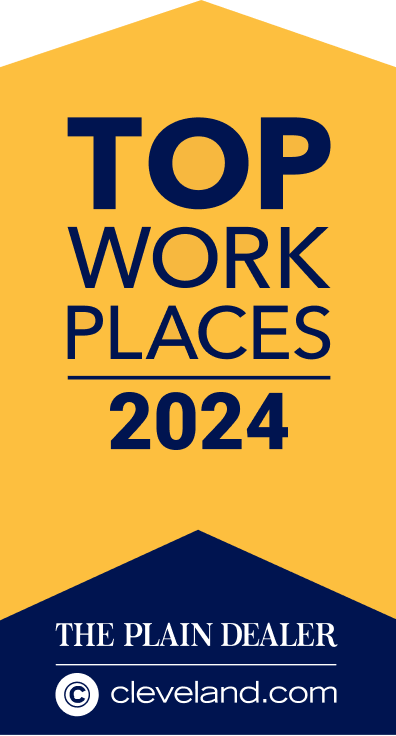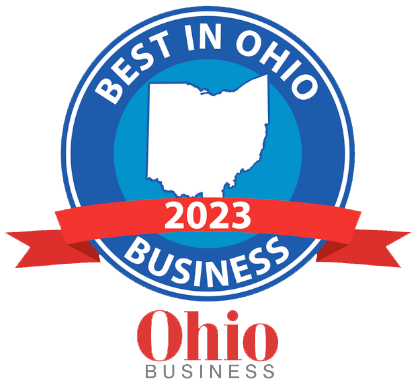
Information is changing daily, if not hourly, and it is increasing hard to keep up especially for healthcare providers who are on the frontlines of the COVID-19 pandemic. It is a delicate balance dealing with constant changes from federal, state, and local authorities while juggling the needs of your facility such as increased staffing challenges, and supply shortages, with the needs of your residents and their families. In order to assist, we have assembled the following is a summary of various initiatives that have been enacted in the last several weeks in response to the COVID-19 outbreak.
COVID-19 will have a dramatic impact on nursing facility operations as they adapt processes to ensure resident safety and deliver quality care. A few of the items that will have large cash flow implications follow:
- Increasing staffing needs, overtime, and agency costs
- Increased infection control, including new screening requirements for staff and outside health care workers
- Increased staff absences due to quarantine or school closures
- Substantial increases in personal protective equipment (PPE) costs
- Possible new childcare costs paid by nursing facility for employees
- Decrease in skilled admissions due to lack of elective procedures
While this is not a full list of funding initiatives and regulatory relief, these are the ones most likely to help healthcare providers. Currently, there is not much detail about how funds will be allocated and distributed for many of these provisions. This information is current as of the writing of this article but is subject to change based upon new information.
H.R. 748 Coronavirus Aid, Relief, and Economic Security (CARES) Act:
Provisions of CARES Act that are health care provider focused
- Temporary suspension of Medicare sequestration cuts through 5/1/2020 through 12/31/2020
- $100 billion fund for eligible health care providers
- Will reimburse health care providers for health care related expenses that provide care for individuals with COVID-19.
- CMS has released the first $30 billion of this fund to all Medicare fee-for-service (FFS) providers, including hospitals, nursing facilities, home health agencies. Click here for details.
- $200 million in funding to CMS to prevent, prepare for, and respond to coronavirus to be given to CMS
- At least half of this fund must be used for to assist CMS with “necessary expenses of the survey and certification program” and prioritizes SNFs in hard-hit areas
- $16 billion in funding for personal protective equipment (PPE)
- $3.5 billion in funding for childcare support for health care workers
- “provide child care assistance to health care sector employees, emergency responders, sanitation workers, and other workers deemed essential during the response to coronavirus by public officials,”
Provisions that are small business owner focused:
- Paycheck Protection Program Loans-loans to employers who maintain their payroll during the COVID-19 emergency
- Small businesses, 501 (c)3 nonprofits, independent contractor, some self-employed
- Must not have more than 500 employees each physical location
- If payroll is maintained, loans could be forgiven of up to eight weeks of payroll
- At least six-month payment deferral, and possibly up to one year
- Loan term of up to 2 years and maximum interest rate of 1 percent currently but could increase to a maximum term of 10 years and 4 percent
- Business must have been harmed by Covid-19 between February 15-June 30
- Payroll-related expenses such compensation, vacation, health care benefits, retirement benefits, and taxes
- No collateral, no prepayment penalties, no borrower or lender fees payable to SBA
- Contact banker to complete and process application before money runs out
- Applications can be submitted starting April 3, 2020
- Small Business Debt Relief Program-coverage of loan payments for existing SBA loans (non-disaster ones only)
- The SBA will cover all loan payments, including interest, principal, and fees for up to 6 months
- Economic Injury Disaster Loans and Emergency Economic Injury Grants-provides emergency cash advance of up to $10K for small businesses and private nonprofits
- Must have been affected by COVID-19
- Apply first for the loan; then request the grant
- Show that loan is needed to pay for expenses if the disaster had not occurred
- Grant does NOT have to be paid back but must be used to keep employees on payroll, pay for sick leave, meet increased production cost due to supply chain issues, or pay for debt, rent or mortgage.
- Small businesses can apply for a PPP loan and this type of loan; however, you cannot use them for the same purpose
- Employee Retention Credit
- For employers subject to closure or experiencing economic hardship
- Refundable payroll tax credit for 50% of wages paid by employer to employees who are furloughed or face reduced hours
- Employer operations must be fully or partially suspended as a result of government order, or have experienced a greater than 50% reduction in quarterly receipts measured year over year
- Temporary relaxation of NOL deductions, business loss rules
- Delay of Payment for Employer 6.2% Payroll Taxes through end of 2020
- 50% of payroll taxes due on 12/31/21; Remainder due 12/31/22
- Employer ineligible if receives loan forgiveness under new SBA loan
Medicare Advance Payment Program Expansion
- Providers can apply for advance payments of up to 100% of their Medicare receipts for a three-month period due to COVID-19 impact on business
- Application form available on MAC (i.e. CGS) website
- Funds to be disbursed within seven days
- After 120 days, the funds are recouped from the provider’s Medicare claims until all funds are paid back; within 210 days
- Clients will need to plan accordingly for this decrease in cash flow after the 120-day period is up as this is an advance and not an increase in funding
H.R. 6201 Families First Coronavirus Response Act
- Temporary 6.2% increase in Federal Medical Assistance Percentages (FMAP):
- Increases funding for State Medicaid programs
- Social Safety Net
- $1.25 billion to various programs such as WIC, SNAP, etc.
- Virus Testing-requires insurers to cover COVID-19 testing
- Medicare Telehealth
- Worker Protection
- Employers to provide two weeks paid sick leave and up to three months paid family leave for employees affected by virus
- Cost can be claimed by employer as a tax credit
- Companies less than 500 employees
- Health care workers and emergency responders not included
Regulatory Relief
- Waiver of 3 day hospital stay requirement for SNF Medicare admission
- Waiver of MDS submission timeframe requirements
- Waiver on requirement for staffing data submission through Payroll-Based Journal
- Waive Pre-Admission Screening and Annual Resident Review (PASRR) for 30 days
- CMS suspended most Medicare Part A and Part B Fee-For-Service (FFS) medical review
- Waiver of some transfer and discharge requirements
CMS Coronavirus Waivers & Flexibilities has additional information and details.
CMS COVID-19 Long-Term Care Facility Guidance
The Centers for Medicare & Medicaid Services (CMS) and the Centers for Disease Control and Prevention (CDC) issued new recommendations on April 2, 2020 to State and local governments and long-term care facilities to help mitigate the spread of the 2019 Novel Coronavirus (COVID-19). Long-term care facilities are a critical component of America’s healthcare system. They are unique, as they serve as both healthcare providers and as full-time homes for some of the most vulnerable Americans. Click here for the full guidance.
- Nursing Homes should immediately ensure that they are complying with all CMS and CDC guidance related to infection control.
- As long-term care facilities are a critical part of the healthcare system, and because of the ease of spread in long-term care facilities and the severity of illness that occurs in residents with COVID-19, CMS urges State and local leaders to consider the needs of long-term care facilities with respect to supplies of PPE and COVID-19 tests.
- Long-term care facilities should immediately implement symptom screening for all.
- Long-term care facilities should ensure all staff are using appropriate PPE when they are interacting with patients and residents, to the extent PPE is available and per CDC guidance on conservation of PPE.
- To avoid transmission within long-term care facilities, facilities should use separate staffing teams for COVID-19-positive residents to the best of their ability, and work with State and local leaders to designate separate facilities or units within a facility to separate COVID-19 negative residents from COVID-19 positive residents and individuals with unknown COVID-19 status.
Please visit the HW&Co. Current Events Center on our website for additional resources. As you know, this is a fluid situation which is changing on a daily basis. Please reach out to any HW Healthcare Advisor with any questions or concerns as we all weave our way through this. We’re all in this together.



